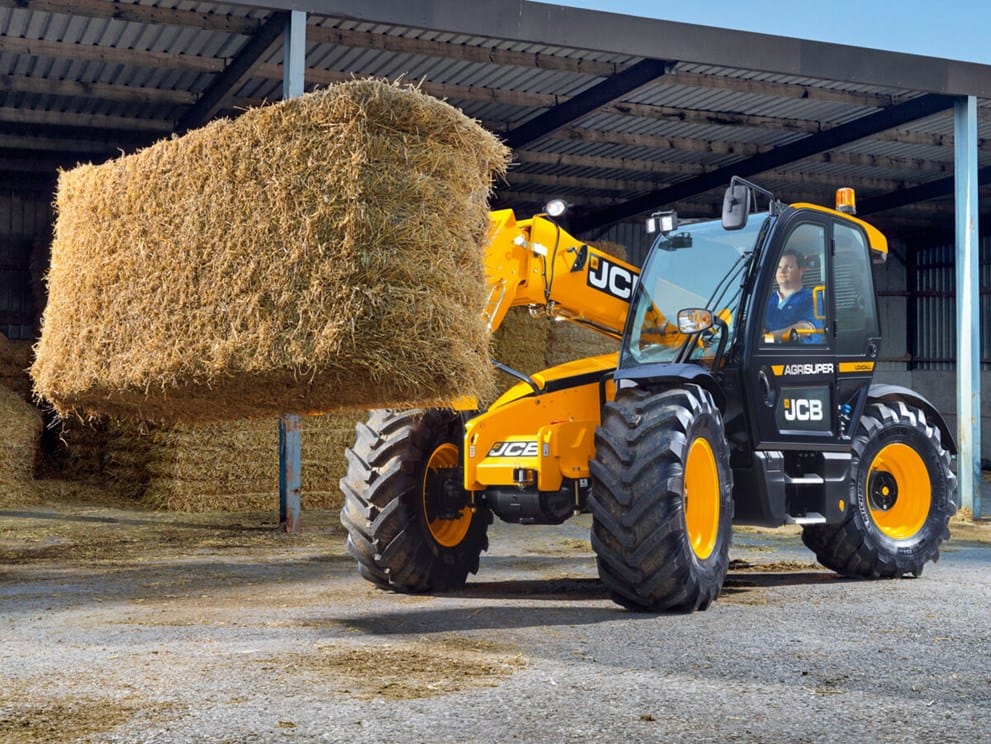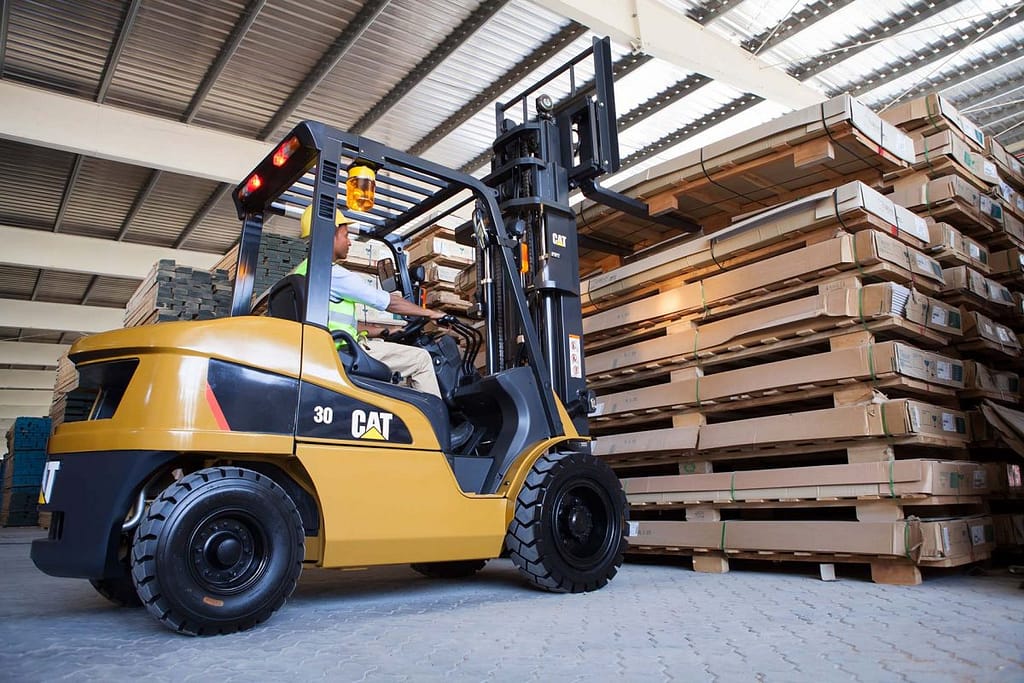A Comprehensive Guide To Material Handling Equipment Finance In The UK: Types, Pros And Cons
Material Handling equipment finance is an essential tool for businesses to acquire new equipment and machinery without having to pay for it upfront. There are different types of capital equipment finance in the UK, each with its own advantages and disadvantages. In this blog, we will explore the various types of capital equipment finance available in the UK and highlight the pros and cons of each.
Introduction
Capital equipment finance is an essential tool for businesses looking to acquire new equipment and machinery without having to pay for it upfront. The UK has a variety of finance options available for businesses of all sizes, but choosing the right one can be challenging. In this blog, we will explore the different types of capital equipment finance available in the UK and highlight the advantages and disadvantages of each.
Types of Material Handling Finance Include (but not limited to):
-
- Hire Purchase
Hire purchase is a popular type of capital equipment finance that allows businesses to acquire assets by paying in installments over a fixed period. With hire purchase, the business will own the asset at the end of the repayment term, as long as all payments are made. This type of finance is suitable for businesses that require equipment that will last a long time, such as heavy machinery or vehicles. The main advantages of hire purchase are:
-
- The business can acquire the asset without having to pay for it upfront.
-
- The repayments are fixed, making it easier to budget for.
-
- The asset can be used as collateral for future borrowing.
However, there are also some disadvantages to hire purchase:
-
- The interest rates can be higher than other forms of finance.
-
- The business will not own the asset until all repayments have been made.
-
- The asset may depreciate in value faster than the repayment term.
-
- Operating Lease
An operating lease is a type of capital equipment finance that allows businesses to lease equipment for a fixed period, usually between 1 and 5 years. With an operating lease, the business does not own the asset at the end of the term and returns it to the finance provider. This type of finance is suitable for businesses that require equipment that will need replacing after a few years, such as IT equipment or office furniture. The main advantages of operating lease are:
-
- The business can acquire the asset without having to pay for it upfront.
-
- The lease payments are tax-deductible.
-
- The business can upgrade the equipment at the end of the term.
However, there are also some disadvantages to operating lease:
-
- The business does not own the asset at the end of the term.
-
- The finance provider may impose restrictions on the use of the asset.
-
- The total cost of leasing the asset may be higher than buying it outright.
-
- Finance Lease
A finance lease is a type of capital equipment finance that allows businesses to lease equipment for a fixed period, usually between 2 and 5 years. With a finance lease, the business does not own the asset at the end of the term but has the option to purchase it for a nominal fee. This type of finance is suitable for businesses that require equipment that will last a few years and can be resold or reused. The main advantages of finance lease are:
-
- The business can acquire the asset without having to pay for it upfront.
-
- The lease payments are tax-deductible.
-
- The business has the option to purchase the asset at the end of the term.
However, there are also some disadvantages to finance lease:
-
- The business does not own the asset until the end of the term.
-
- The finance provider may impose restrictions on the use of the asset.
-
- The total cost of leasing the asset may be higher than buying it outright.
-
- Asset Refinance
Asset refinance is a type of capital equipment finance that allows businesses
to release cash tied up in existing assets. This can be a useful option for businesses that already own equipment or machinery that they can use as collateral. With asset refinance, the business can borrow against the value of the asset and continue to use it. The main advantages of asset refinance are:
-
- The business can release cash tied up in existing assets without having to sell them.
-
- The repayments are fixed, making it easier to budget for.
-
- The business can continue to use the asset.
However, there are also some disadvantages to asset refinance:
-
- The business is using existing assets as collateral, which could be a risk if they default on the loan.
-
- The interest rates can be higher than other forms of finance.
-
- The business may not be able to release the full value of the asset.
Pros and Cons of Capital Equipment Finance
Pros:
-
- Improved Cash Flow
One of the main advantages of capital equipment finance is improved cash flow. By spreading the cost of equipment over a fixed term, businesses can acquire assets without having to pay for them upfront. This allows businesses to invest in other areas of the business or simply have more cash available.
-
- Fixed Repayments
Another advantage of capital equipment finance is fixed repayments. This makes it easier for businesses to budget and plan for the future. By knowing exactly how much they will have to pay each month, businesses can avoid unexpected expenses and better manage their finances.
-
- Flexibility
Capital equipment finance also offers flexibility. Businesses can choose the type of finance that suits them best and can tailor the repayments to their needs. This means they can acquire equipment that they may not have been able to afford otherwise.
Cons:
-
- Interest Rates
One of the main disadvantages of capital equipment finance is interest rates. Depending on the type of finance and the lender, interest rates can be higher than other forms of borrowing. This can increase the overall cost of acquiring equipment.
-
- Asset Ownership
Another disadvantage of some types of capital equipment finance is asset ownership. With hire purchase, for example, the business does not own the asset until all repayments have been made. This can limit the business’s ability to use the asset as collateral for future borrowing.
-
- Restrictions
Finally, some types of capital equipment finance may come with restrictions. Operating leases, for example, may limit the use of the asset or require the business to return it at the end of the term. This can limit the business’s flexibility and ability to use the asset to its full potential.
Conclusion
In conclusion, capital equipment finance is an essential tool for businesses looking to acquire new equipment and machinery. The UK has a variety of finance options available, each with its own advantages and disadvantages. By understanding the different types of finance and their pros and cons, businesses can make an informed decision about which option is best for them. Whether it’s hire purchase, operating lease, finance lease, or asset refinance, businesses can find the right finance option to help them grow and succeed.
Our Valued Partner – Caledonia Asset Finance


